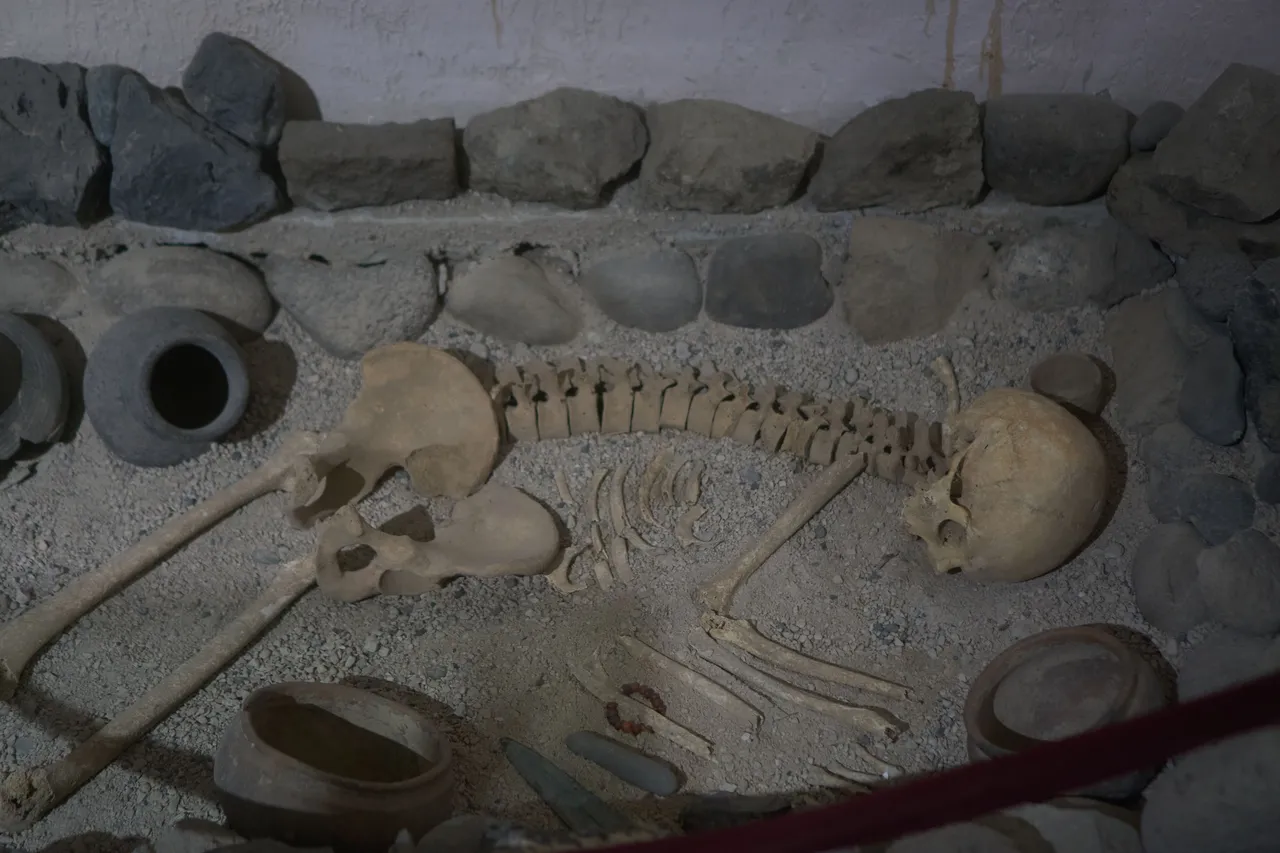
I haven't yet visited the museums of Armenia, with the holidays as of late, with Christmas being an event that takes place on the fifth and sixth of January, the country has sort of changed its pacing a bit as more places close up shop for the week and general services wind down. This means there hasn't actually been a whole lot to do. Though here in the country's most religious region, Echmiadzin, a small museum has remained open and easy to attend; and a greater addition to this museum is that it is completely free. Something state funded, and to much surprise they didn't even bother to request donations or anything money related. I had flashbacks to the English museums in London, to which they'll have donation boxes at the entrance and immediately ask you if you'll be making one, sort of to guilt you into making one as you look into their sad, watering eyes to tell them "Nah."
It's a relatively small museum, which comes to no surprise given the size of Echmiadzin itself. A small city that is more a town, with a main street that branch off into the decaying, old streets. One of the oldest churches in the world sits at the bottom of one; hence the area's incredibly religious ties. What's more interesting is the history outside of religion that has impacted the area, the aspects of revolutions, the addition of the Soviet Union which threw in the Russian agendas and ways of life that spread into the more modern era; something that is still seen and felt today as Armenian and Russian characters are seen all over, Lada cars still driven, and both languages still spoken by its majority population.
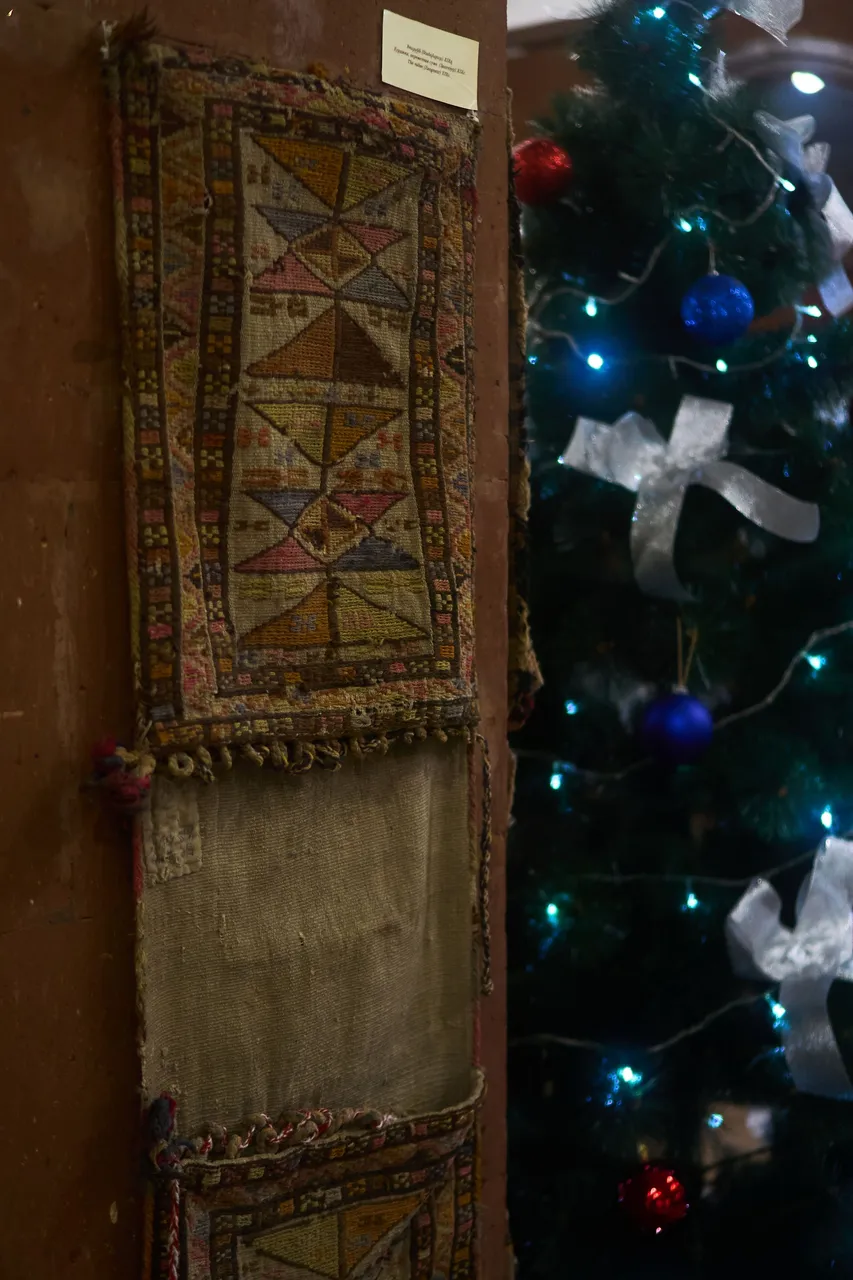
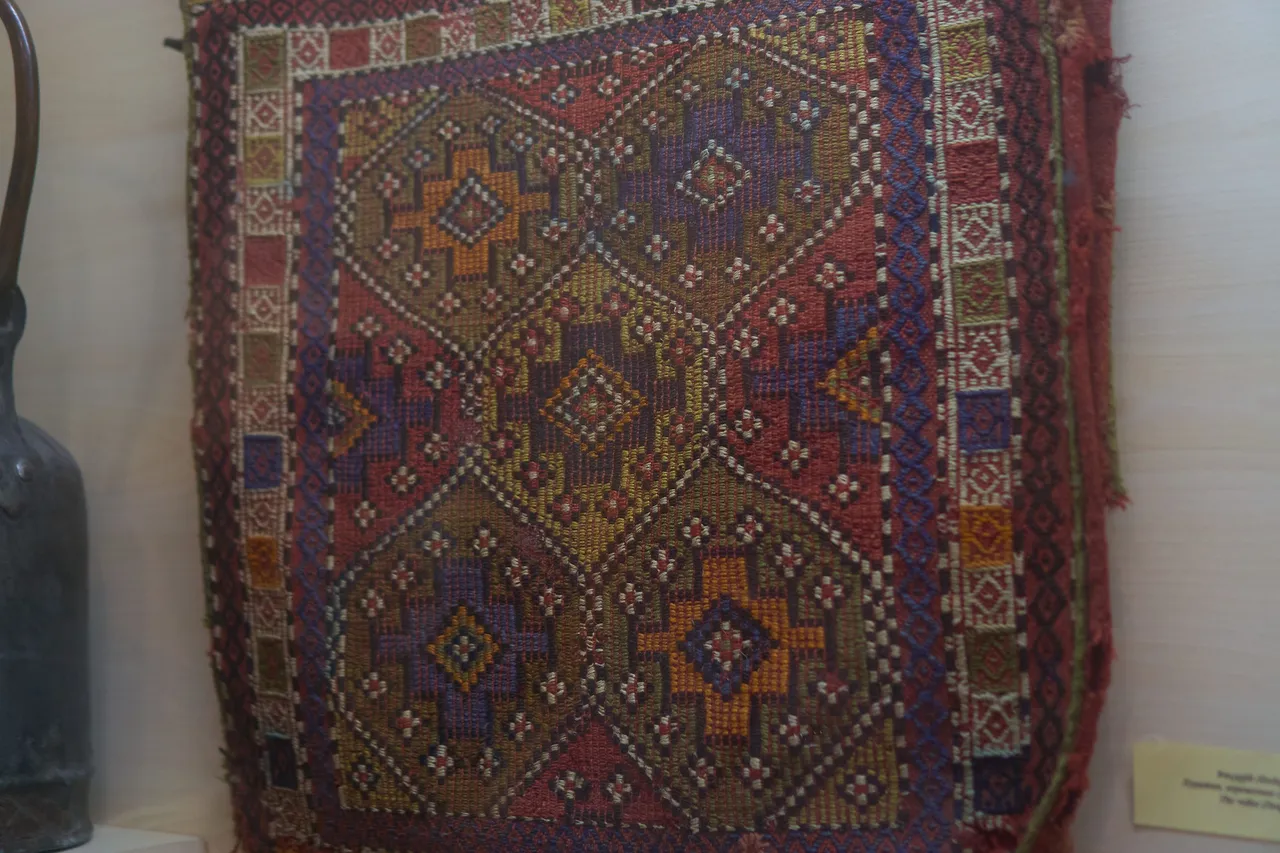
Despite such rich history, the area seems relatively dead in regards to tourism. I see this elsewhere in Yerevan also, but it's something I quite like about it. In the church you may see the odd unique nationality roaming by. Mostly Chinese tourists quickly snapping photographs shortly before moving on. This also means that the museum isn't exactly popular either, in fact we were the only two visitors in there, with just two locals that were working there, sitting idle to begin with and just chatting. Surprised at the sudden arrival of a Russian speaking Armenian, and an Englishman in his silence (ignorance given the lack of Russian and Armenian speaking skills).
Upon entering, we immediately went left, which took us to a large hallway full of traditional Armenian clothing, a wedding dress, and a series of everyday clothing. You could see the regional influence in it, the ways in which historical parts of Armenia would dress. Armenia was much larger in the past, with parts of present day Turkey, and Iran being within Armenia's control. Slowly, as the years go by, the greed of other nations has chipped away at Armenia's land, leaving what is left today, though some of the pride and culture remains. Though not as strong as, of course, fashion changes and influences outside enter to some degree, over the many decades.
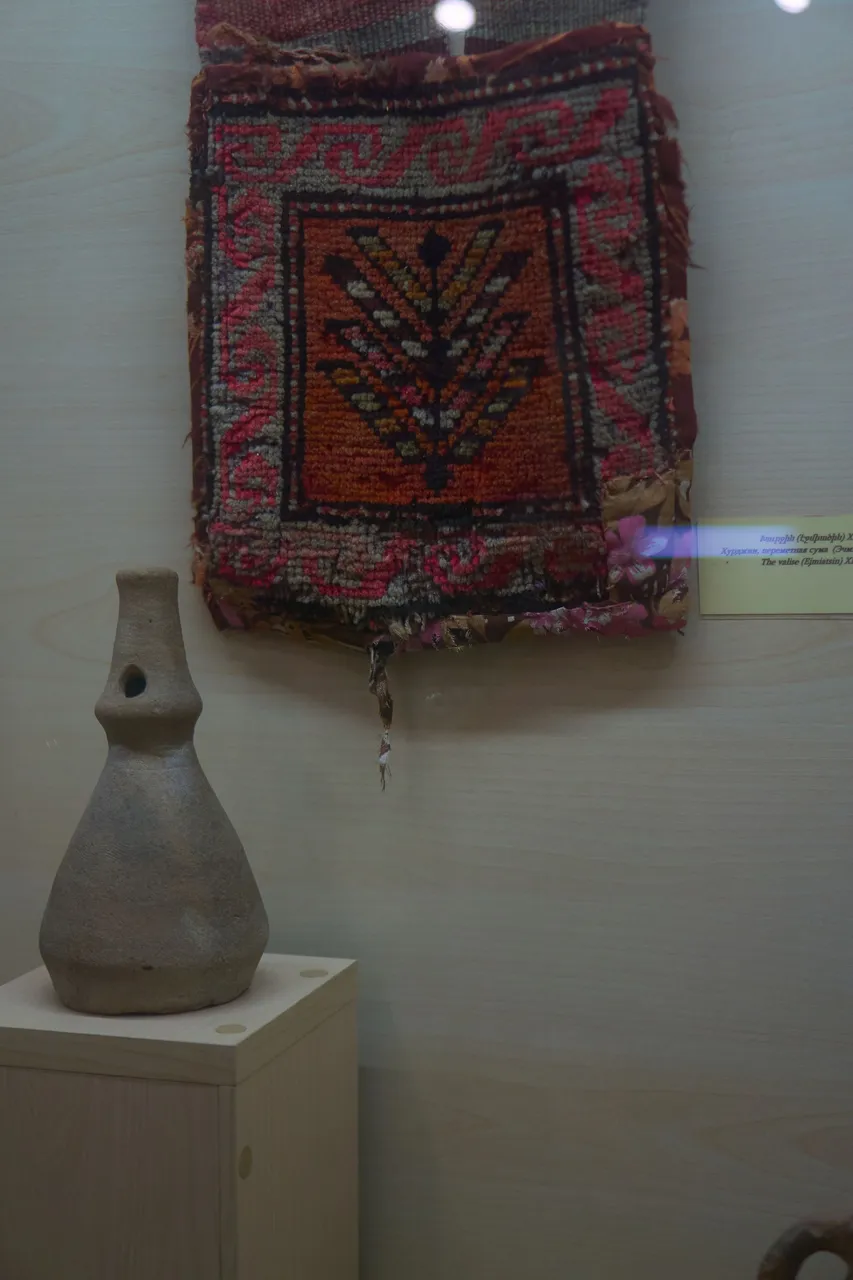
This clothing lineup featured many different styles for women, but nothing for men. I'm not really sure why that was, perhaps that was all that was given to them. Though I can't say I minded or even noticed it at the time. I found myself really enjoying the different patterns and colours that were featured in the clothing, how they were handmade, and how Armenian clothing and design was just utterly beautiful. I think the general idea was to show the differences in regions; though for the most part the notes about the items and clothing were in Armenian, sometimes in Russian also, with a rare few in English. So knowing exactly the regions and time periods and context regarding everything was a bit difficult. They even listed the dates in roman numerals, which was also pretty interesting to me.
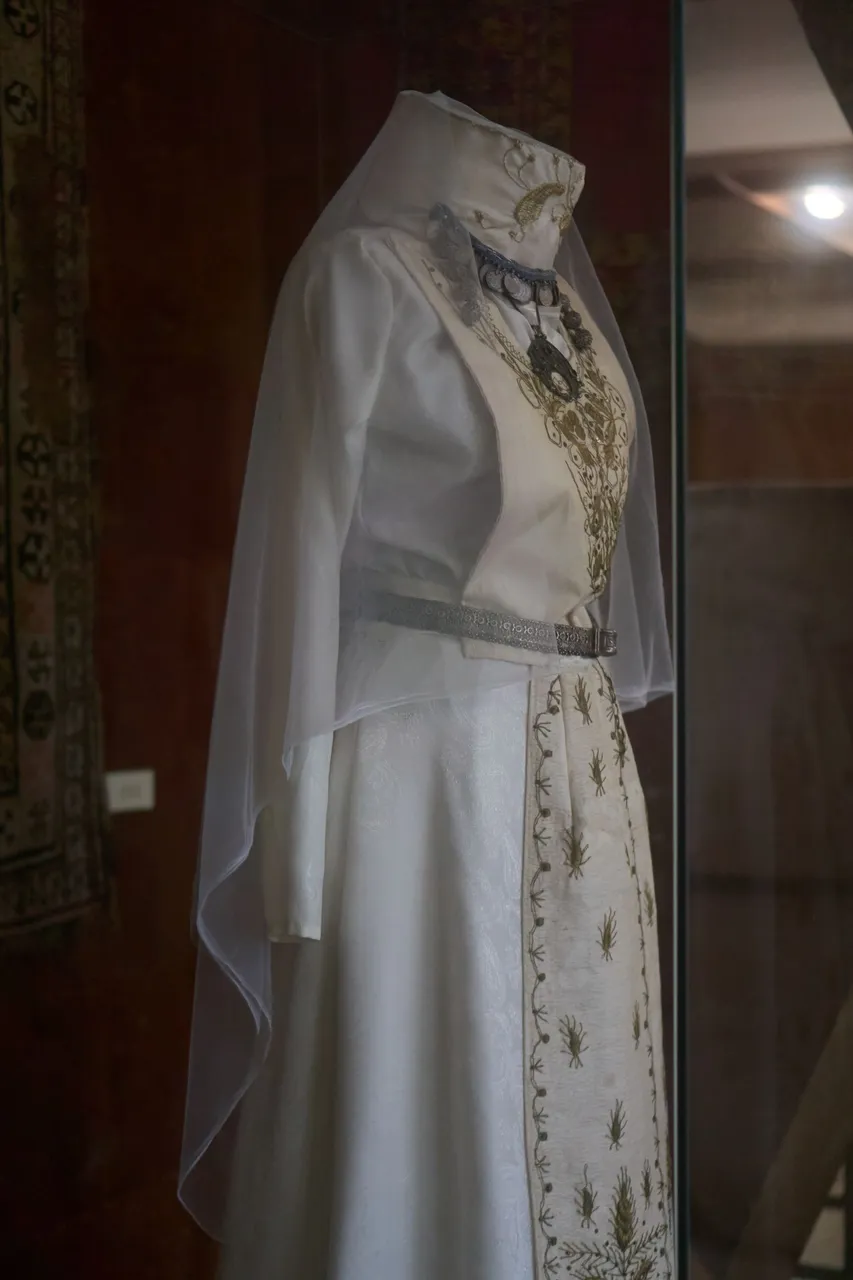

Opposite the clothing, the museum featured the traditional home items. Small rugs and the types of machines that were used to create everything by hand. Looms, yarn, all the equipment. Again, more unique patterns were present, and as the history began to hit, I was surprised at the level of trust present as all of these historical items were just sitting around in the open, where those who enter could easily just walk through it all. I'm used to the lack of trust in museums where theft and breakage are a constant fear, perhaps just to the insane number of foot traffic also. But here, everything was presented as a natural home, where you could almost step into it and interact. The only thing stopping you in such areas was a thin barrier.
In many instances, rugs and items were fully in the open, left hanging from the ceiling and laying across the floor. Old artifacts from both B.C. and A.D. periods where present, still in the open where you could easily reach and touch it. Not kept without of reach, no signs saying to not touch them. And I think a lot of this was a result of Armenian culture and tradition itself, the level of safety, trust, and respect they have for each other. A low crime, high respect society that truly loves its past, and truly wishes to display and maintain it.
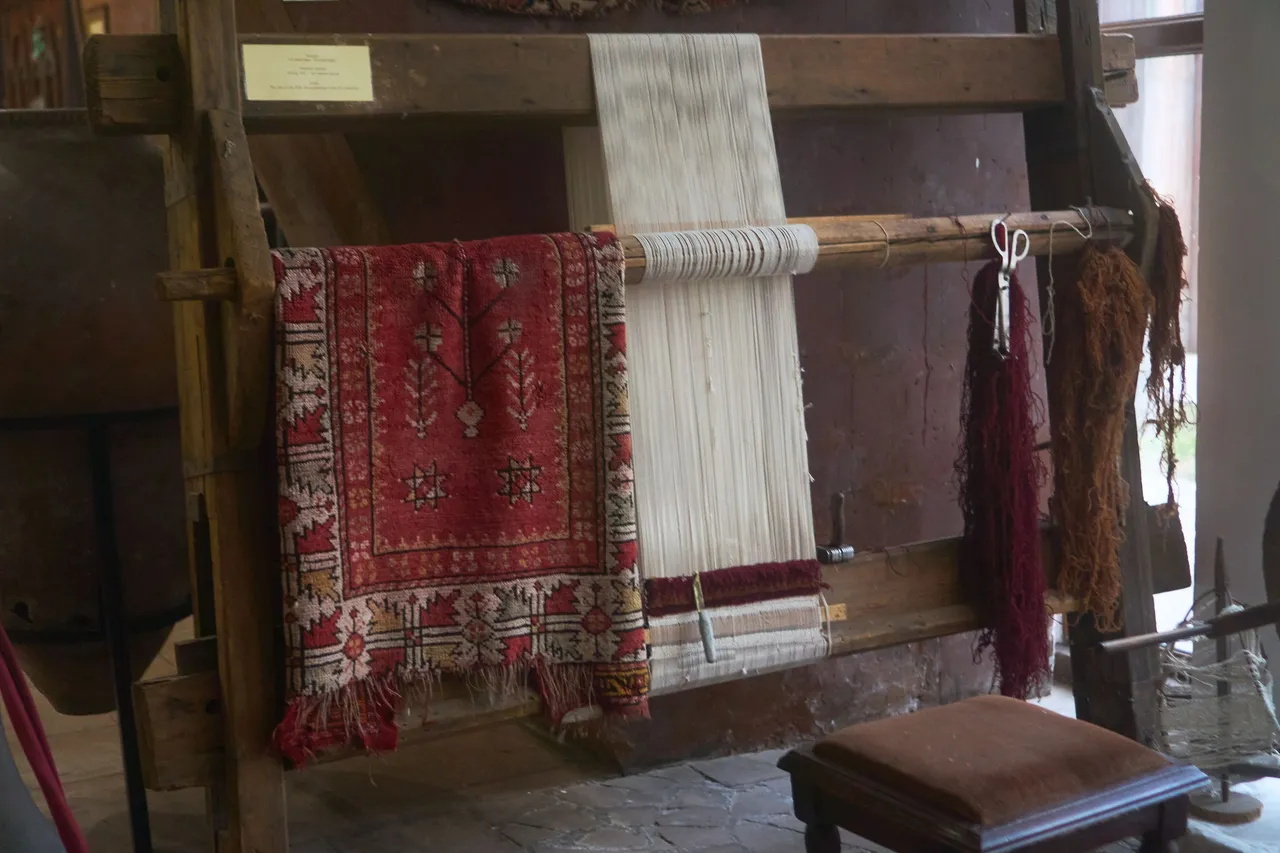
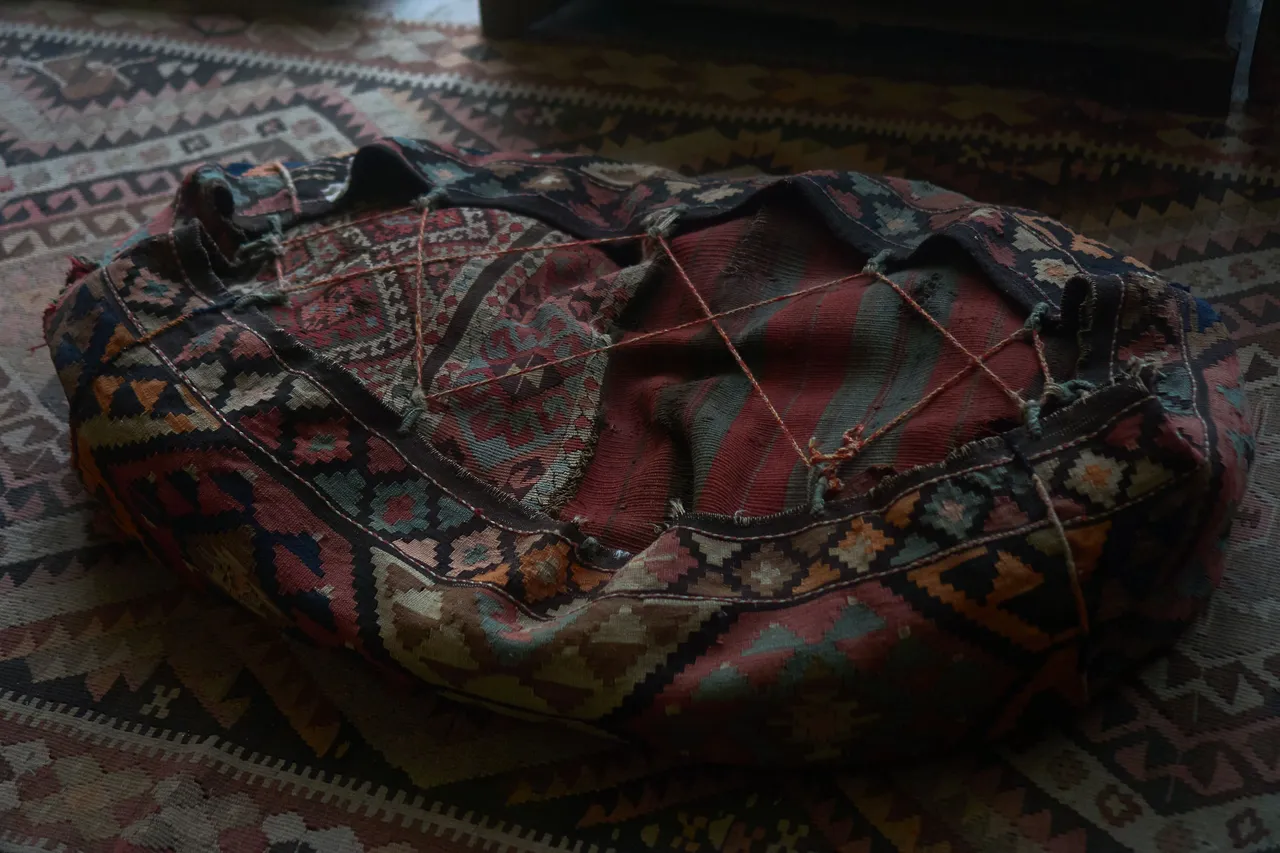
Seeing the traditional home, I couldn't help but feel cozy. Wanting to find similar patterns and colours for myself. Coming from England, which has its own historical and traditional influences, this all felt so new, so much more colourful despite darker tones used. Beds, blankets, rugs, everything you could imagine seemed to be covered in unique styles that made it stand out, as you can see from above, with plenty of colours and patterns, nothing really blends in, each thing has its own personality, its own story and warmth. This also spans into rugs where they too feature their own creatures and styles.
They each contain the heritage of Armenia. Coming from the regions that are no longer under Armenian influence, but still celebrated as if they remained their own. Some of these items came from the last two hundred years of history, and started off as the youngest of the museum's display. Some of the most famous rugs coming from the Artsakh region.

It wouldn't be a museum on Armenian history and culture if there wasn't an area dedicated to the creation of Lavash. A thin type of bread that is eaten daily here in Armenia. Traditionally baked in a hole in the ground, where the bread is placed in the walls of the hole. Next to it was an apparatus made for creating wine, where it would be mixed with movement. Opposite were more modern Armenian lifestyle objects, the more modern (but old) bedroom. Certainly a strong difference in the culture and tradition as the prior area, featuring all the patterns and styles. I recently had the pleasure of witnessing traditional Lavash being baked, to know how it worked here was fun.
I could almost smell that smoke and ash rising above from the hole in the ground, the stretching of the bread against a stone, and the dim lighting, coming from the fire and the small light from above.
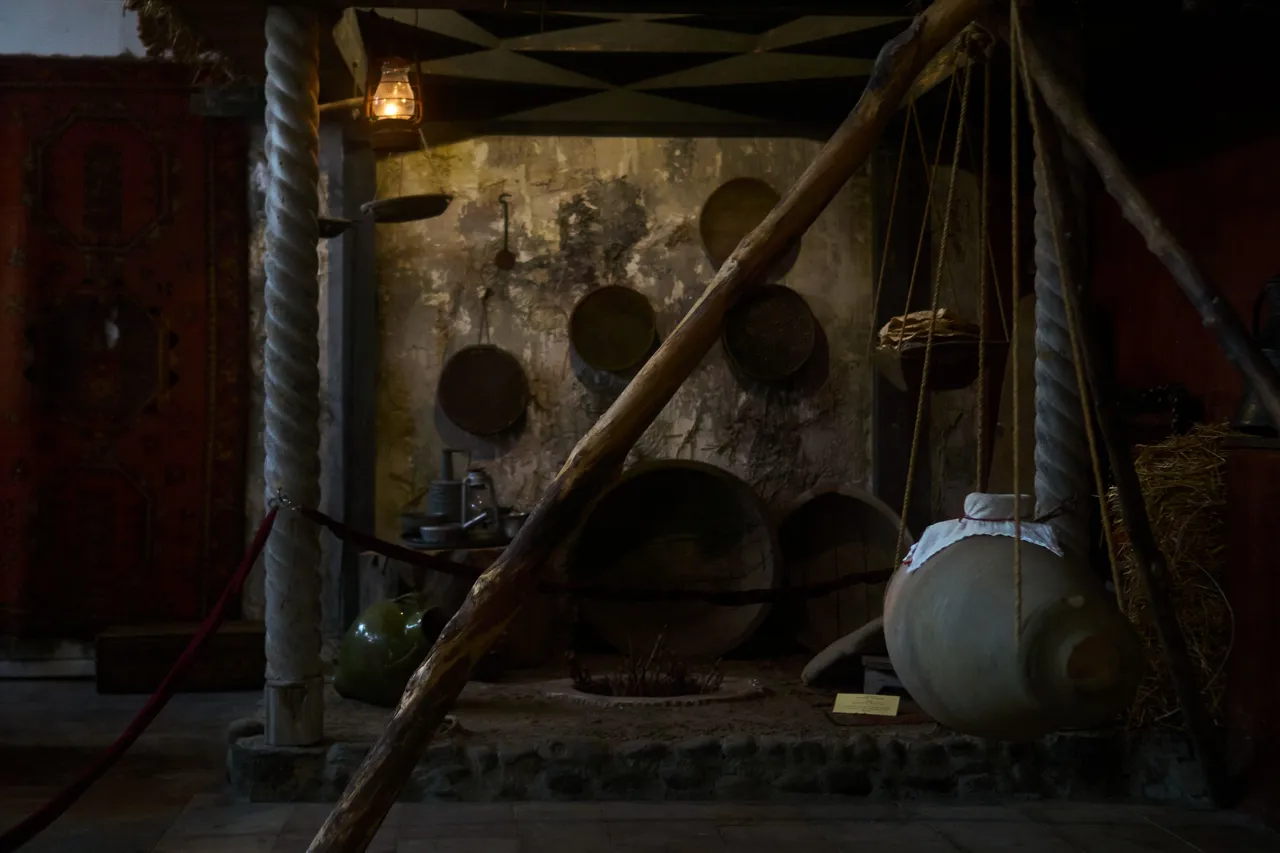
The next room had a more museum aesthetic. Where it suddenly took us deeper into the past. A white room full of displays of various objects found in the area. This ranged from such vastly different periods in time, and truly showed just how historic Armenia really is, and how its history really had such an unknown but large impact on the world. Items from the third century, different millenniums, mere decades after Christ. A lot of this ranged from roman influence, items of pottery that were left behind. Some of which were in near perfect condition, again within an arm's reach, nothing stopping you from touching it.
This allowed us to get really close to them, to really look into the fine details and appreciate them. As you can see from blow, some of the vary in style, colours, and size. This is largely a result of their different time periods, as culture shifted. I was in awe at the periods, however. The ages of these items, the realisation of how things get left behind, telling stories of life, and how one day another may stumble across our everyday items and find them equally fascinating. Glimpses into the past, though with more answers to what items are and when they were dated due to the Internet.
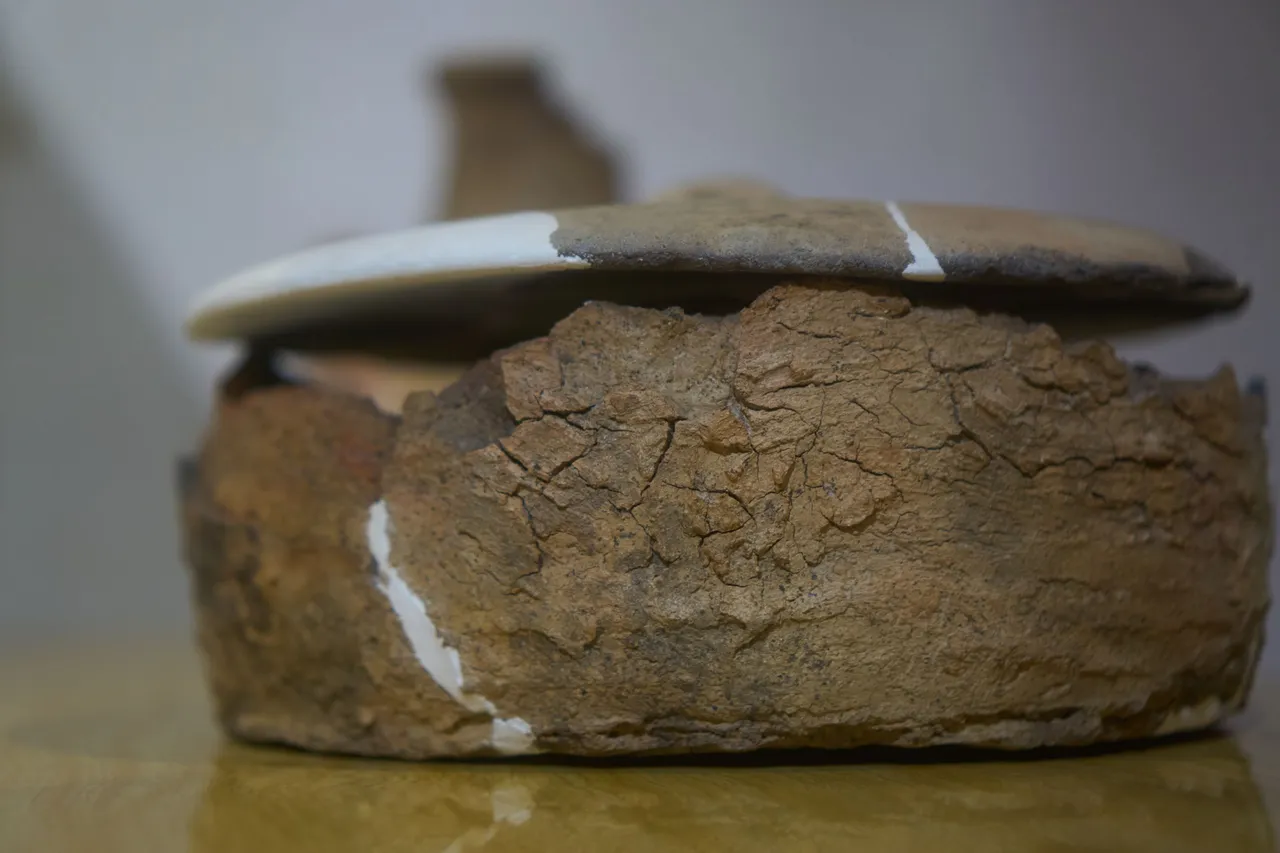
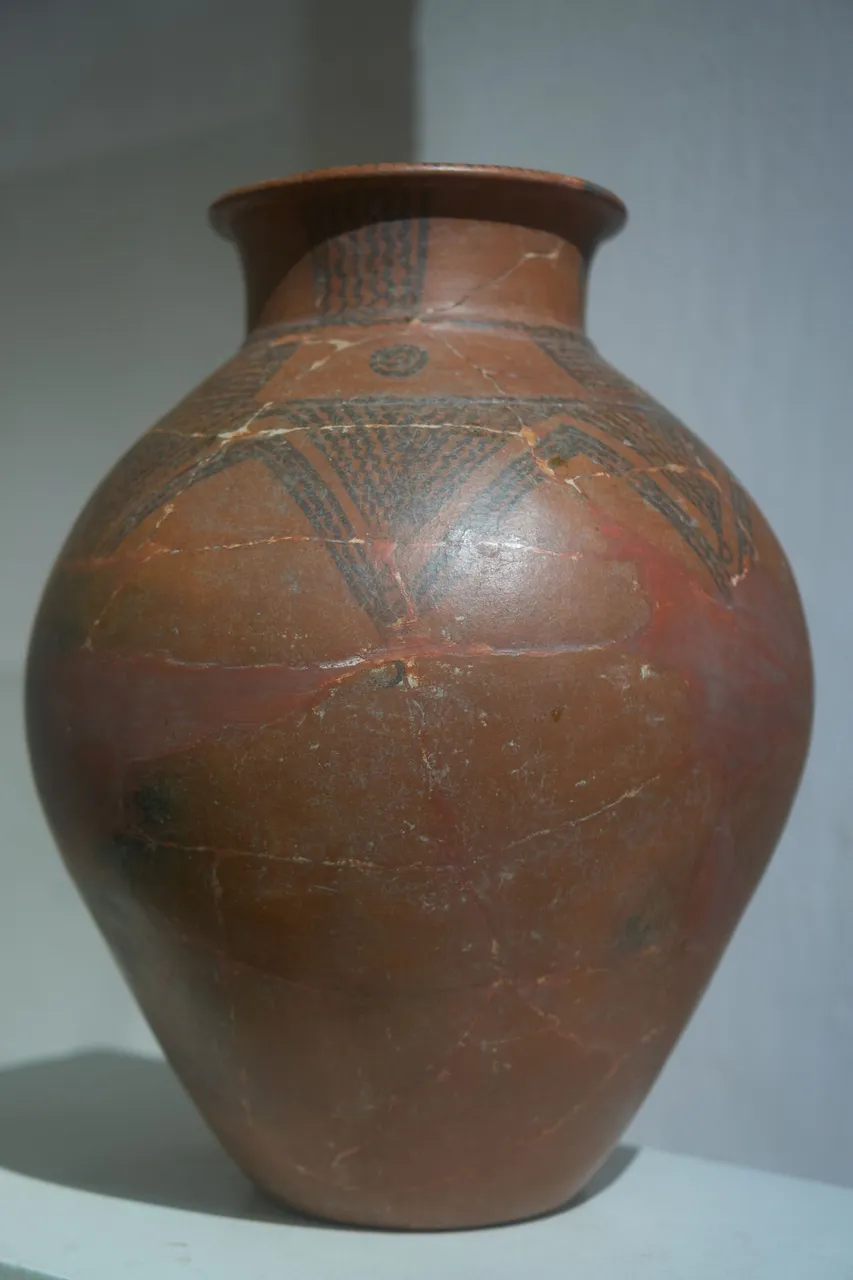
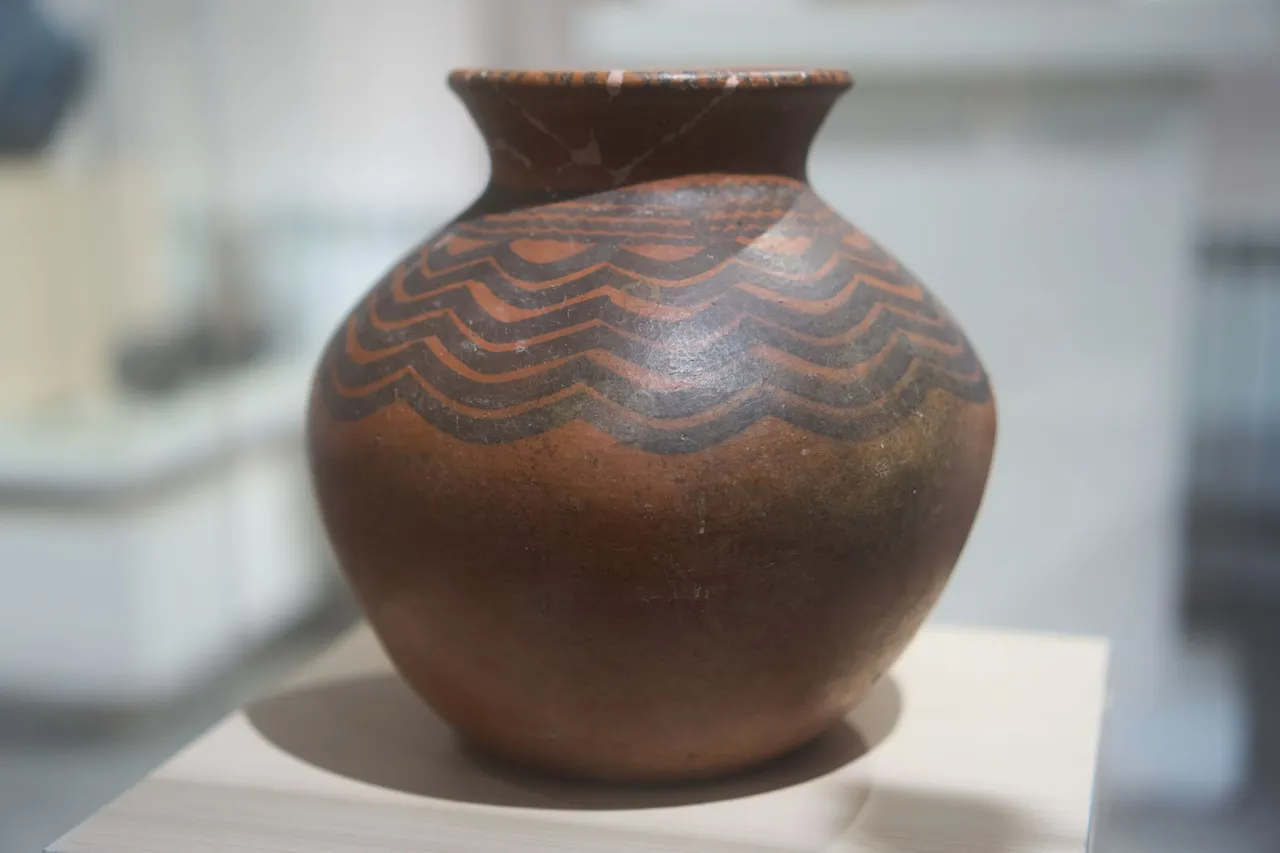
Moving on from the items that were for holding liquids, the museum had a huge number of items that were for hunting. Tools that were on display that came from such primitive times. Arrowheads, spearheads, a few daggers and, of course, jewellery. Even down to metallic and very beautiful belts. It's always interesting to see the shift in fashion, but also the shift in tools. How the evolution from just a basic knife went into a product of beauty despite its danger and use. How culture influences even the most dangerous of tools that we perhaps don't always want to remember what they may have been used for, beyond their basic idea of hunting, and instead entering the realm of human conflict.
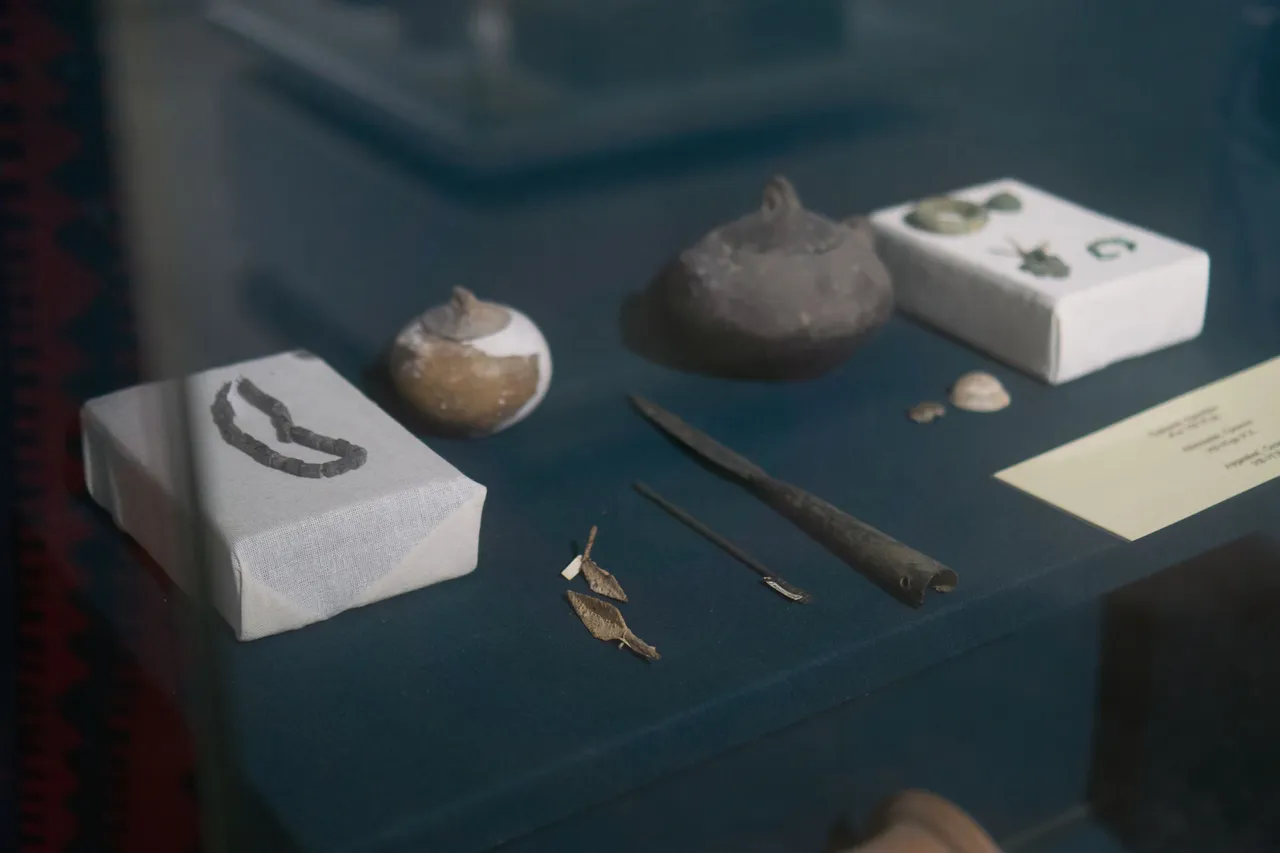

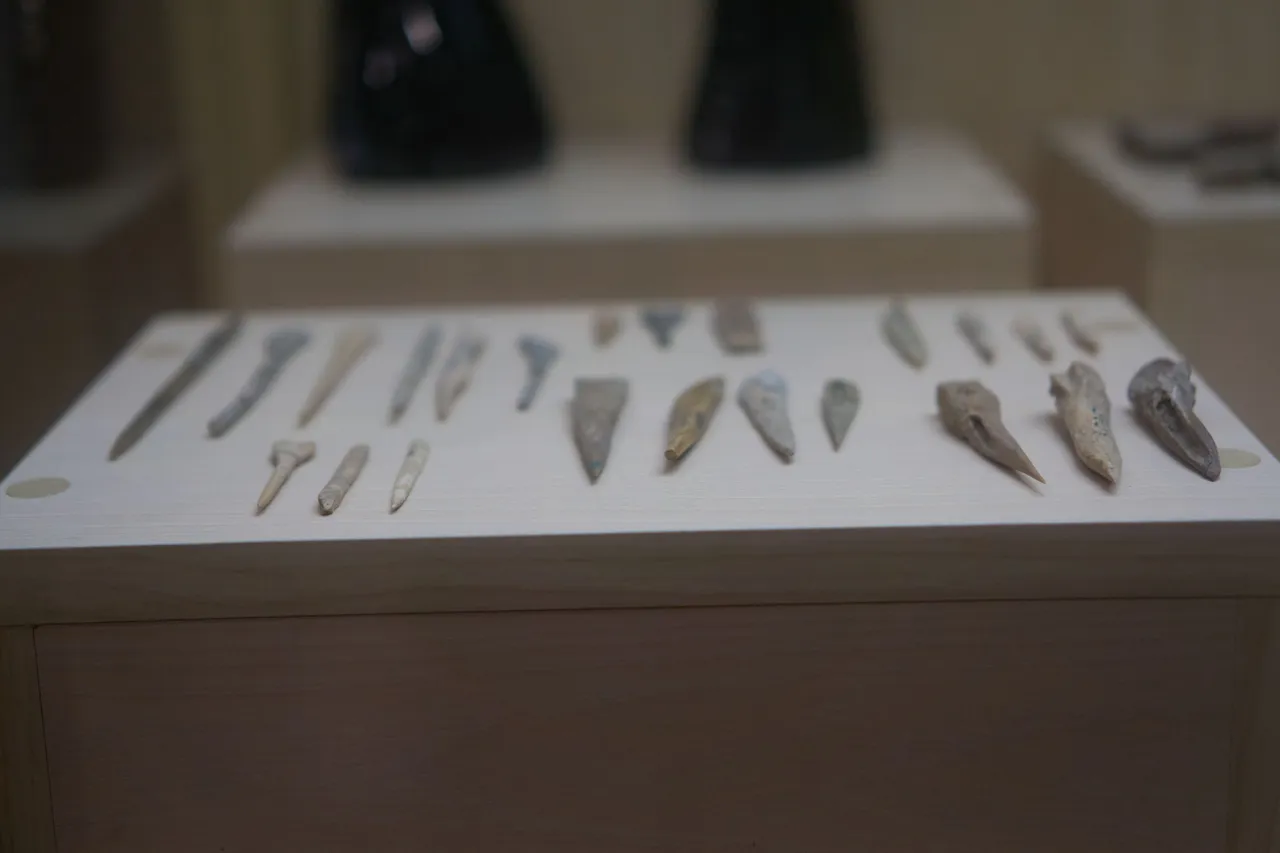
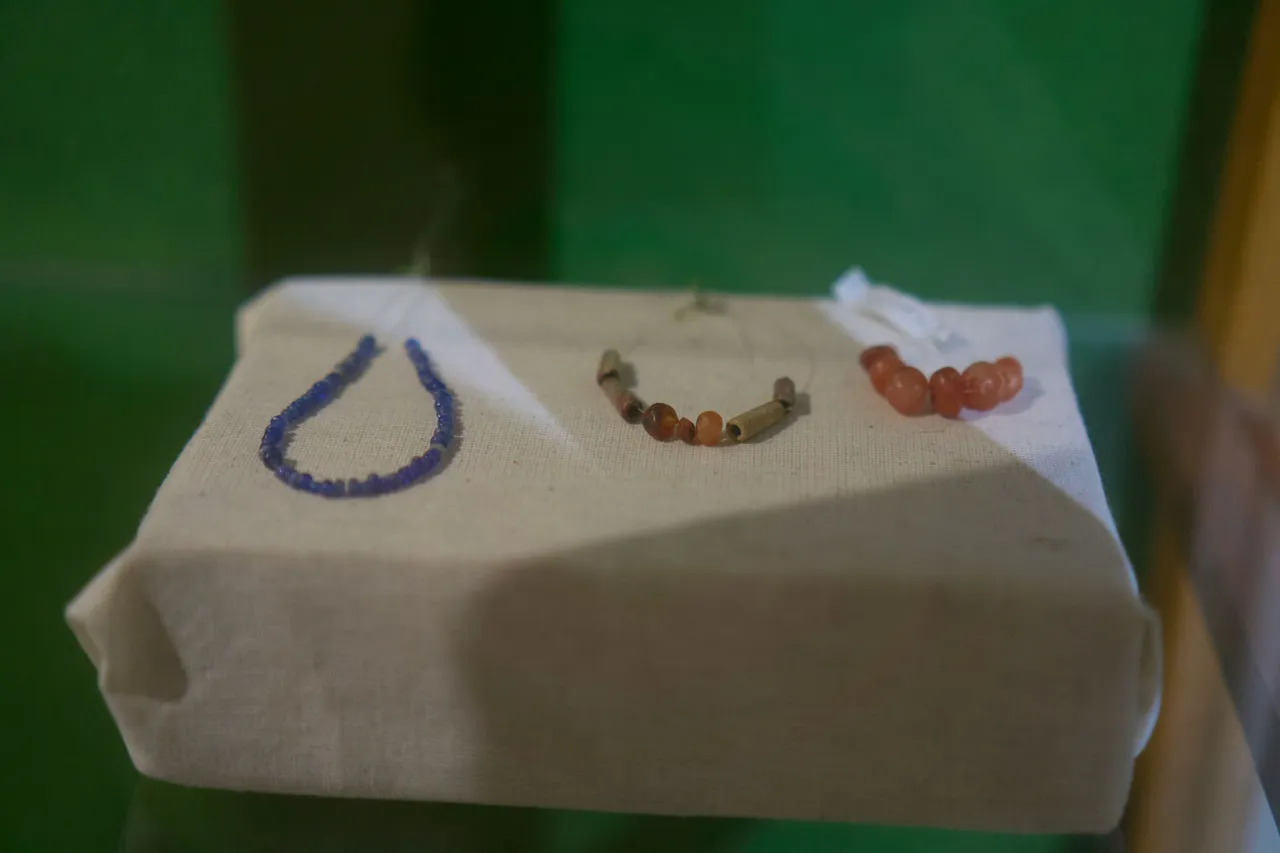
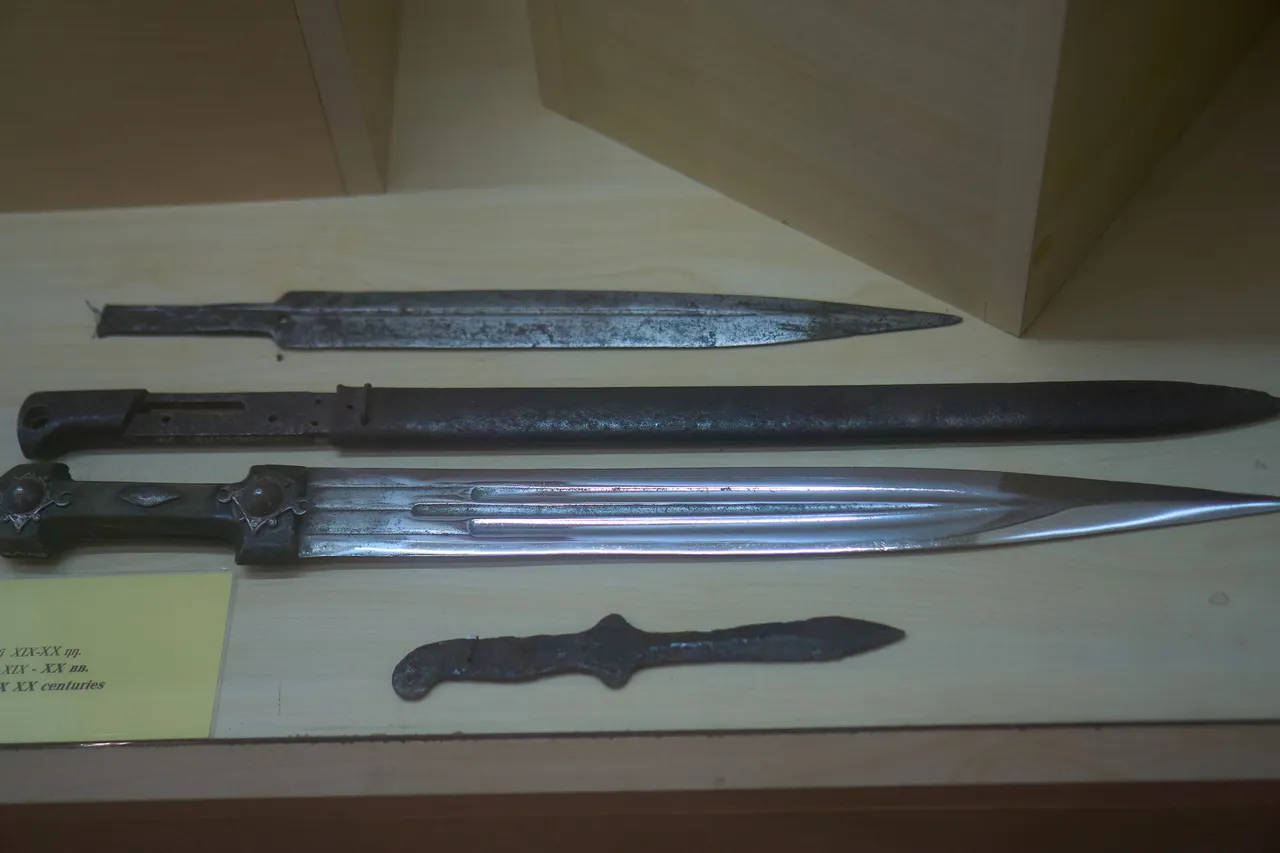

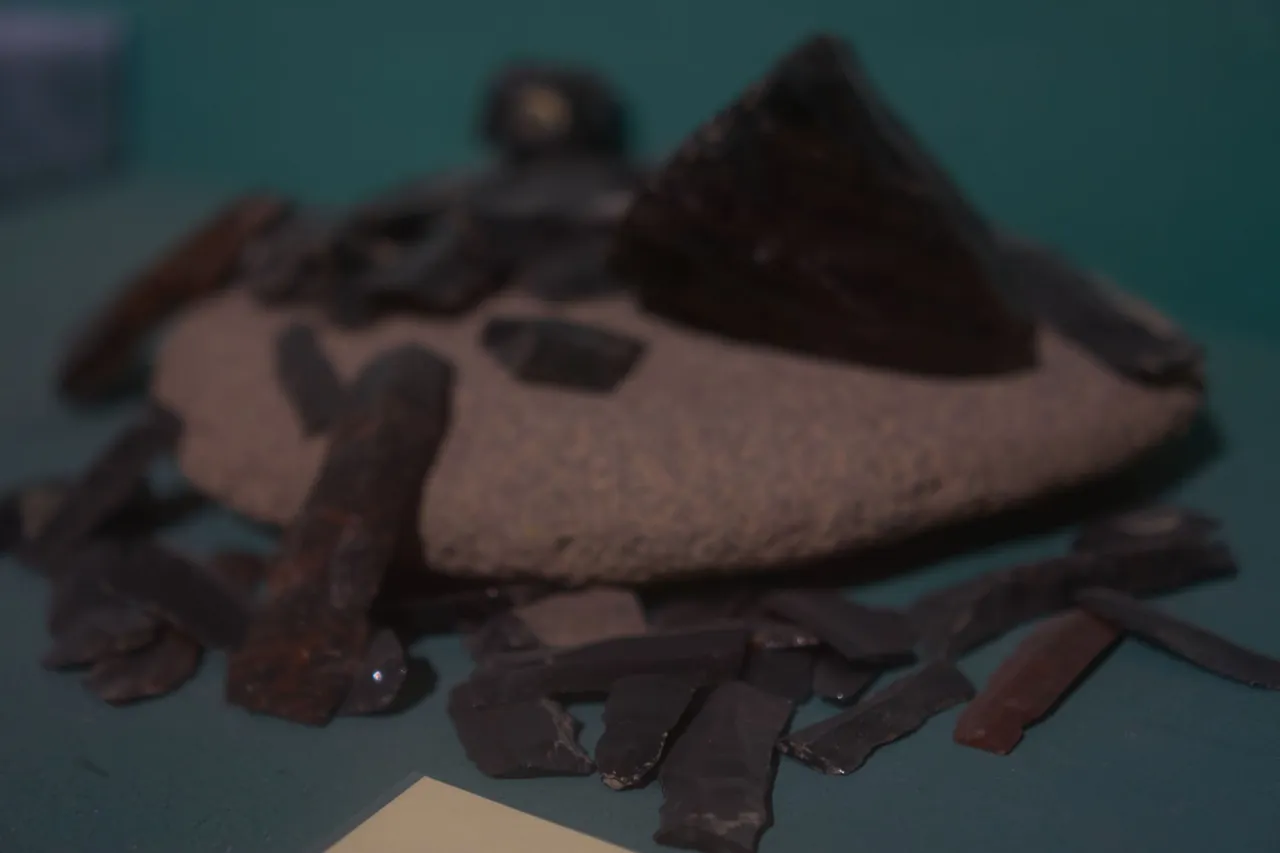
There was even this pile of what I assume was flint for some of the earliest of tools. The ways in which early man would carve out the sharpness of stone for hunting. Seeing the differences in sharpness, the chips at the stone to sharpen them still visible. I find this also incredibly interesting, to see the actions of prior individuals still evident in stone. Moments of their lives with each chip visible. The strength used to create them, the dedication and necessity to do so for basic survival.

On the wall was a large map of the city. It showed the exact locations in which many of these items were found. With brief history on those who led the exhibitions and discovered them. Walking through the city and now knowing where such items were found, it's a strange feeling. A small, rusted place that has certainly suffered economically, but has been home to some of the most important periods in our development. How beneath all the decay that is present is a history so rich and largely unknown.
Such historical evidence even spans into the post's main image, featuring a skeleton of an early settler here. Such an odd experience again, to see a small person's remains, their bones, the material inside them, to see the resting place of another. Some sadness at this unfortunate end for them, but more realisation of what happens to us all. The ways in which death is dealt with, the burial styles that are found throughout history: with our most beloved items, celebrating the individual, still displaying personality to those lost.
And it was around this area of the museum that it took another big shift in culture and time, going from periods both far before Christ and after, to just the last few hundred years. And this was most evident in the influence of money. Coming from the Soviet era, and even the Colonial British era.
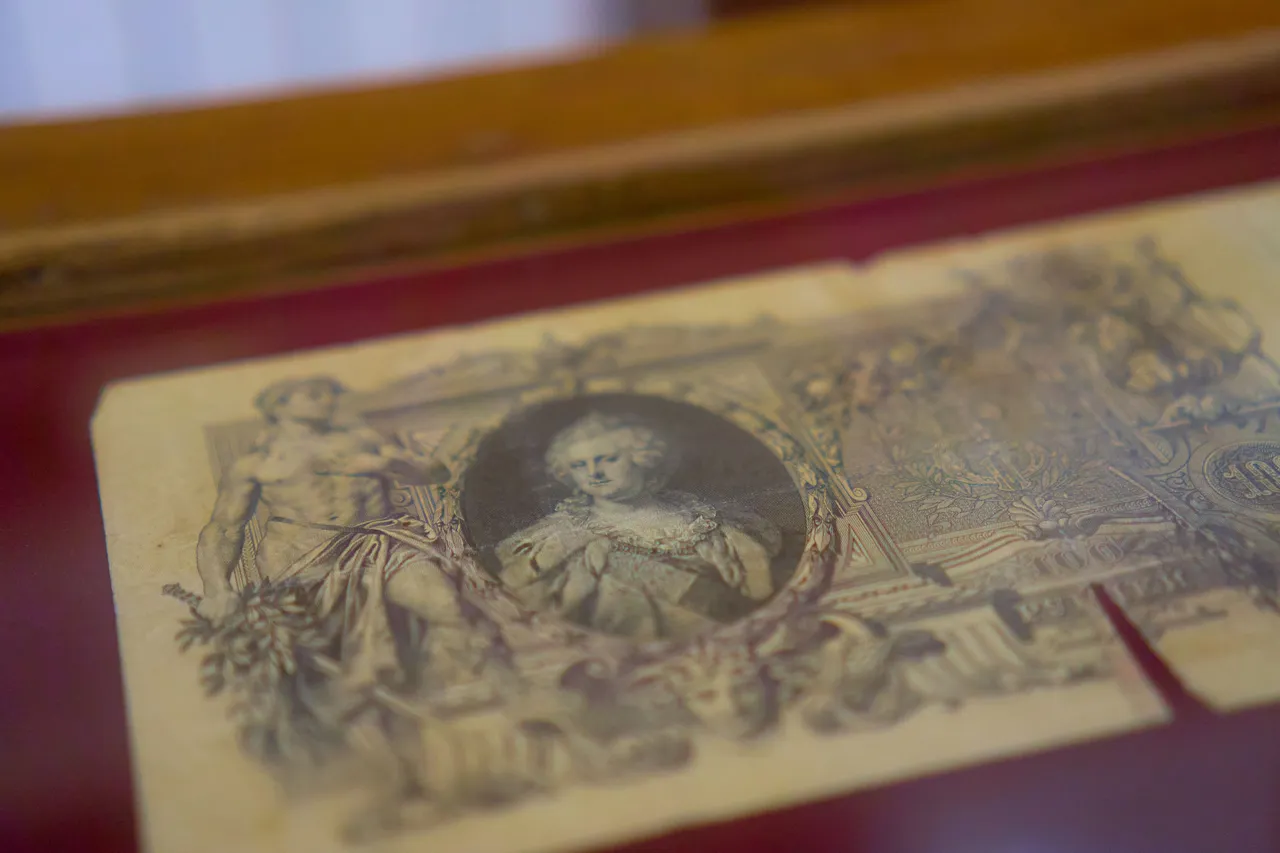
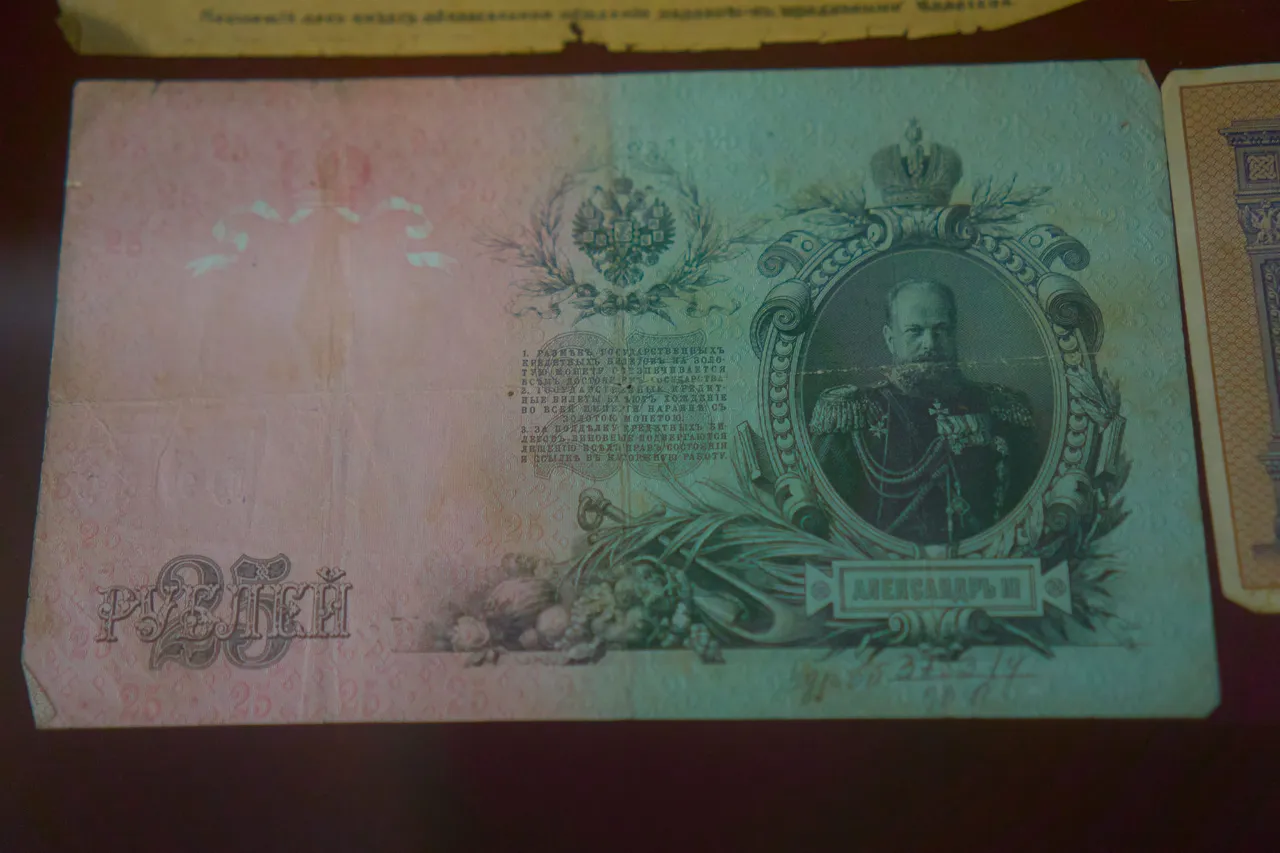
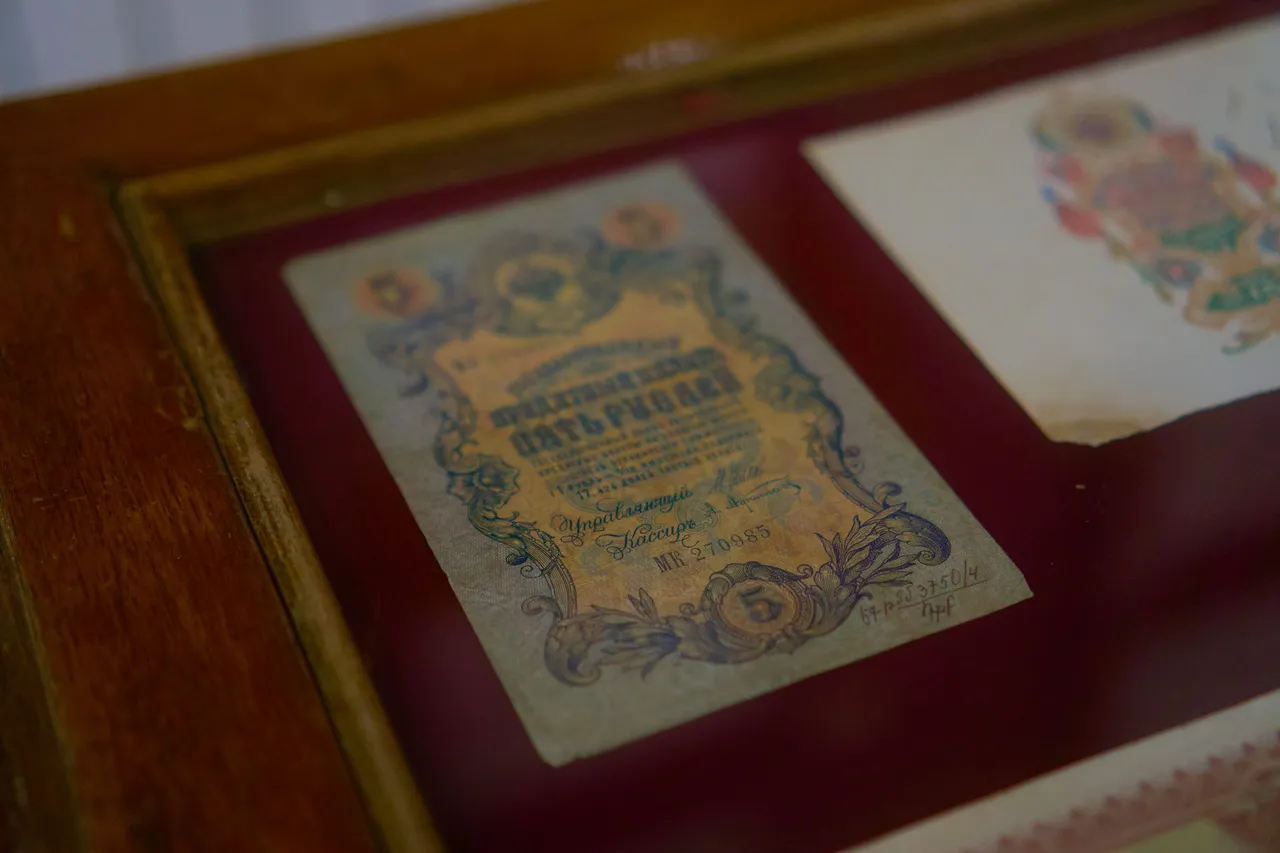
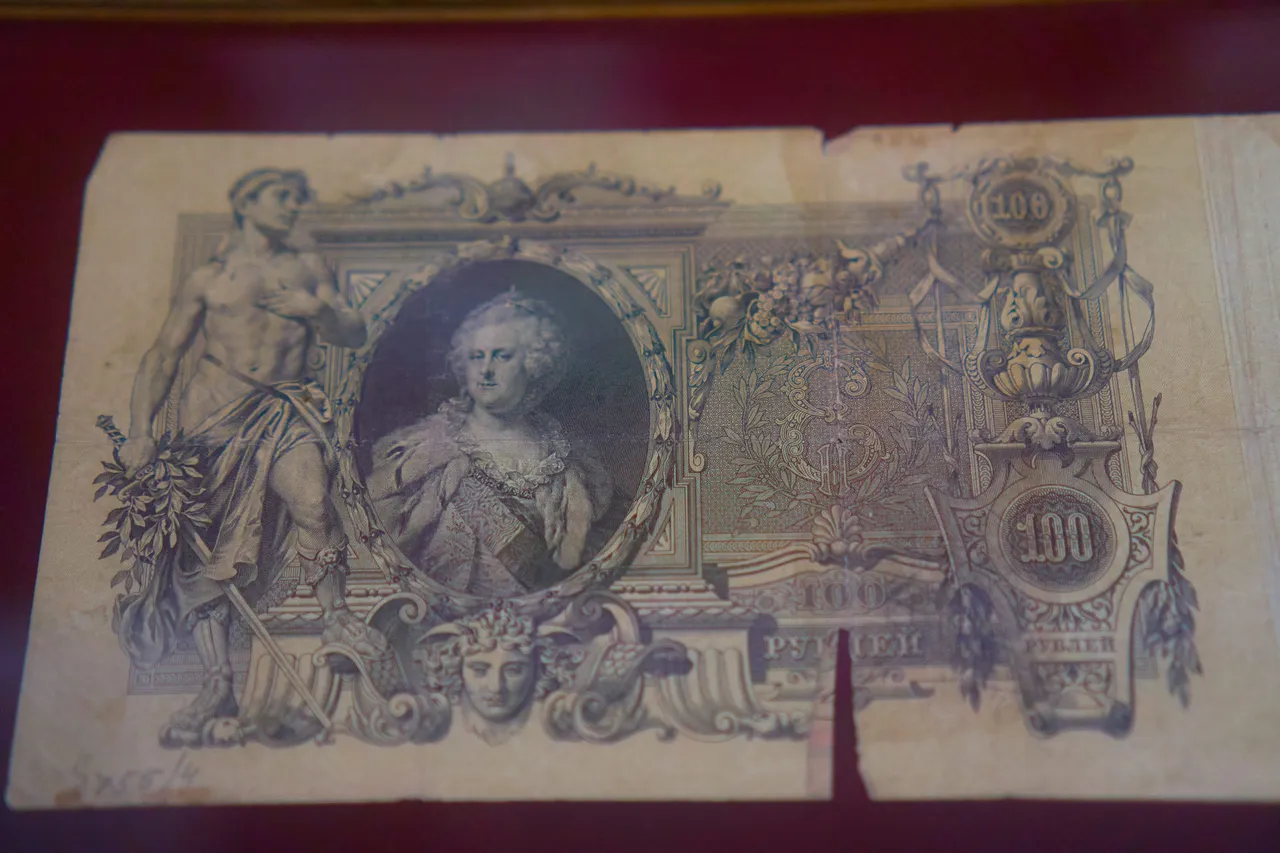
Seeing the details of the bank notes was something that equally made me feel a sadness. The beauty in money in the past. The incredibly intricate designs that were found in them. The celebrating of man's achievements and culture, of course still featuring notable figures and some of the typical propaganda, but showing the importance of money as something celebrated alongside tradition and culture. The two that stood out to me the most were the 5 Rouble, and the 100 Rouble. Such incredible ink designs that would feature architecture and colour, something you could throw your eyes around for several minutes and still feel you hadn't seen it all.
Next to it were coins from different eras, mostly from the past 200 years. Though some from Roman times.
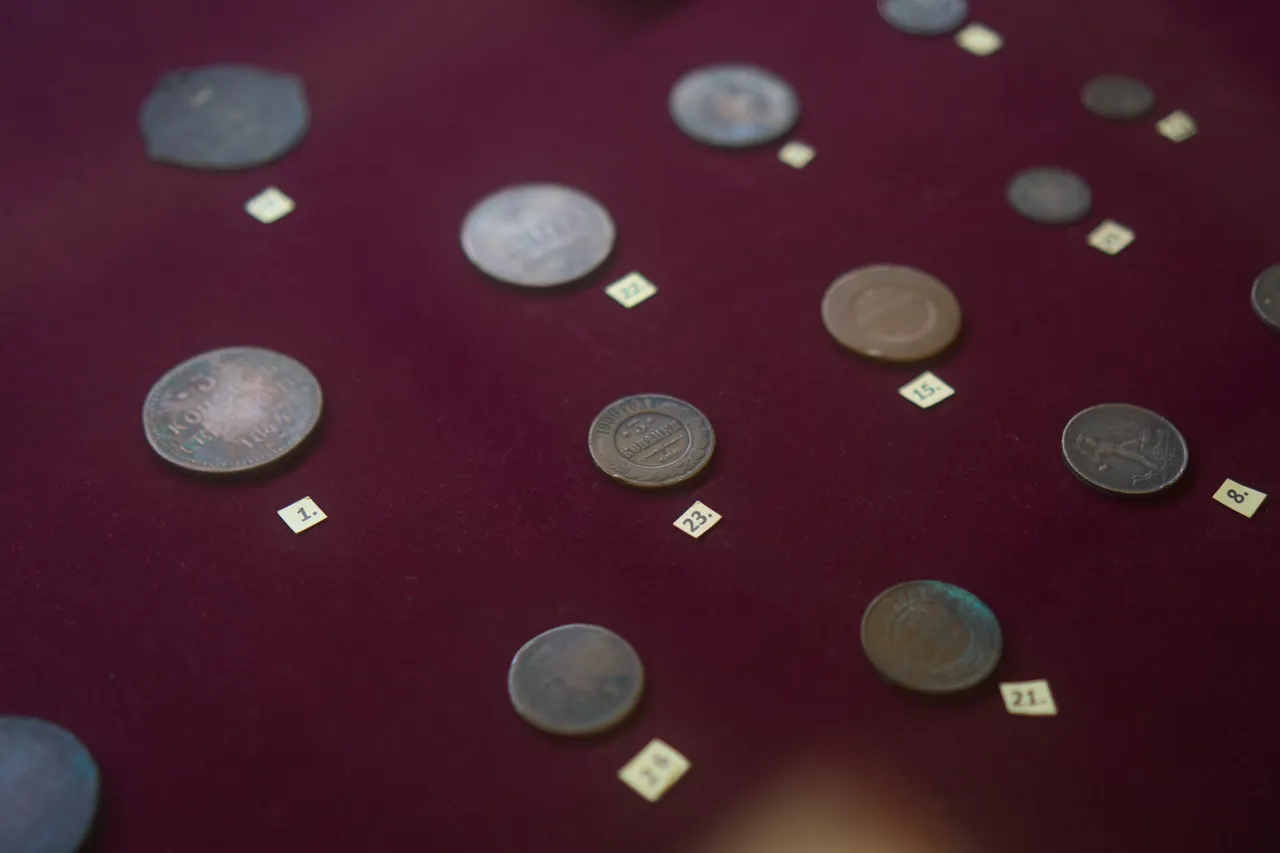
The next sum of images are somewhat unrelated, a few that didn't really have much connection to everything else. That sort of stood on their own. This included the traditional shoes, some old and some incredibly old. Traditional rugs and items that had seen such insane wear over the many centuries. Pins from the Roman period, so small and delicate, but with such detail when looked at up-close.
This included bones and little statues, some of religious interest and some of folklore, telling stories of Armenian heroes. Not a whole lot of context to them, and certainly quite difficult to find out. Though, now that I think about it, one of the women upon entering did offer to tell us more information about the exhibitions if we had any questions, but I think we just forgot as we got more and more curious. I've never been in such a museum before, so small but featuring such historical items from such different times. I think it really does speak on Armenia's past and present. An old country, but one that so few know about.
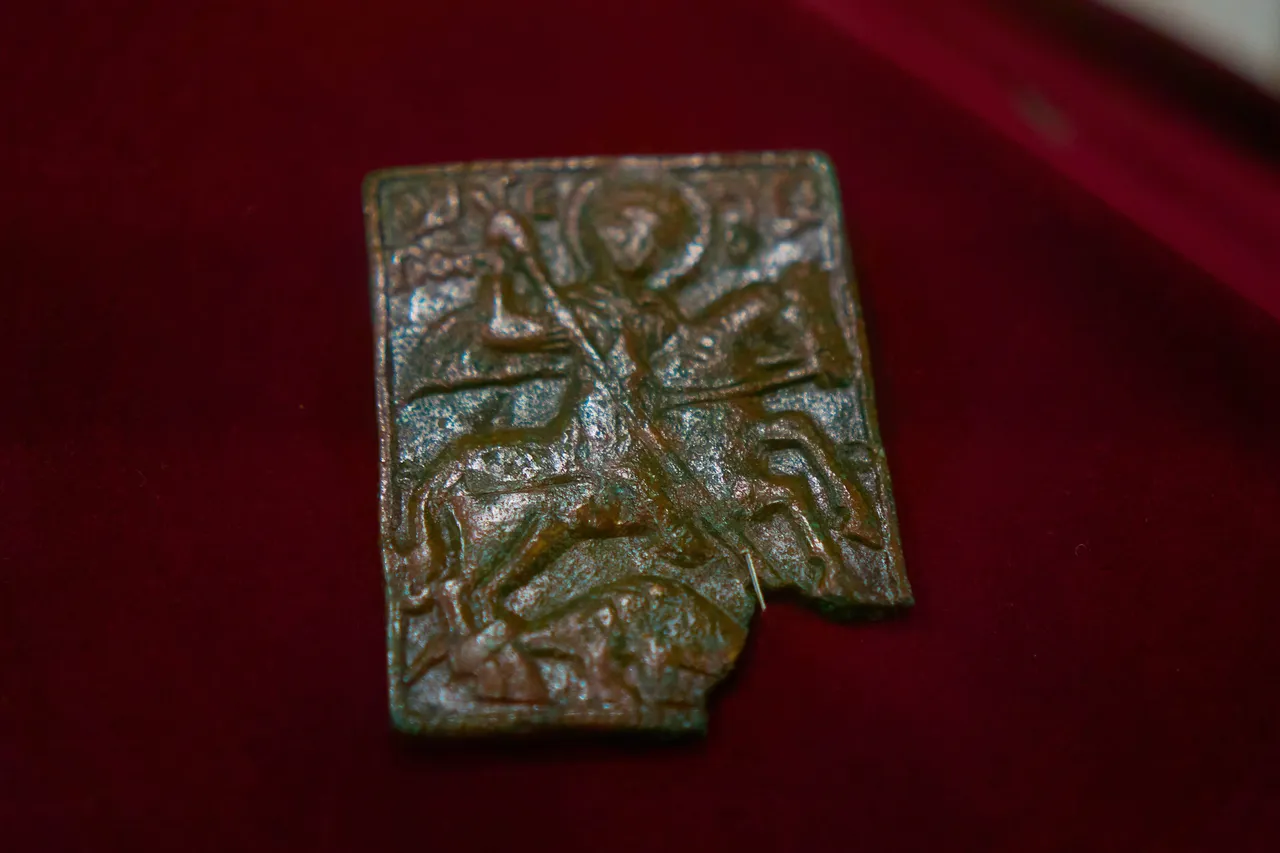
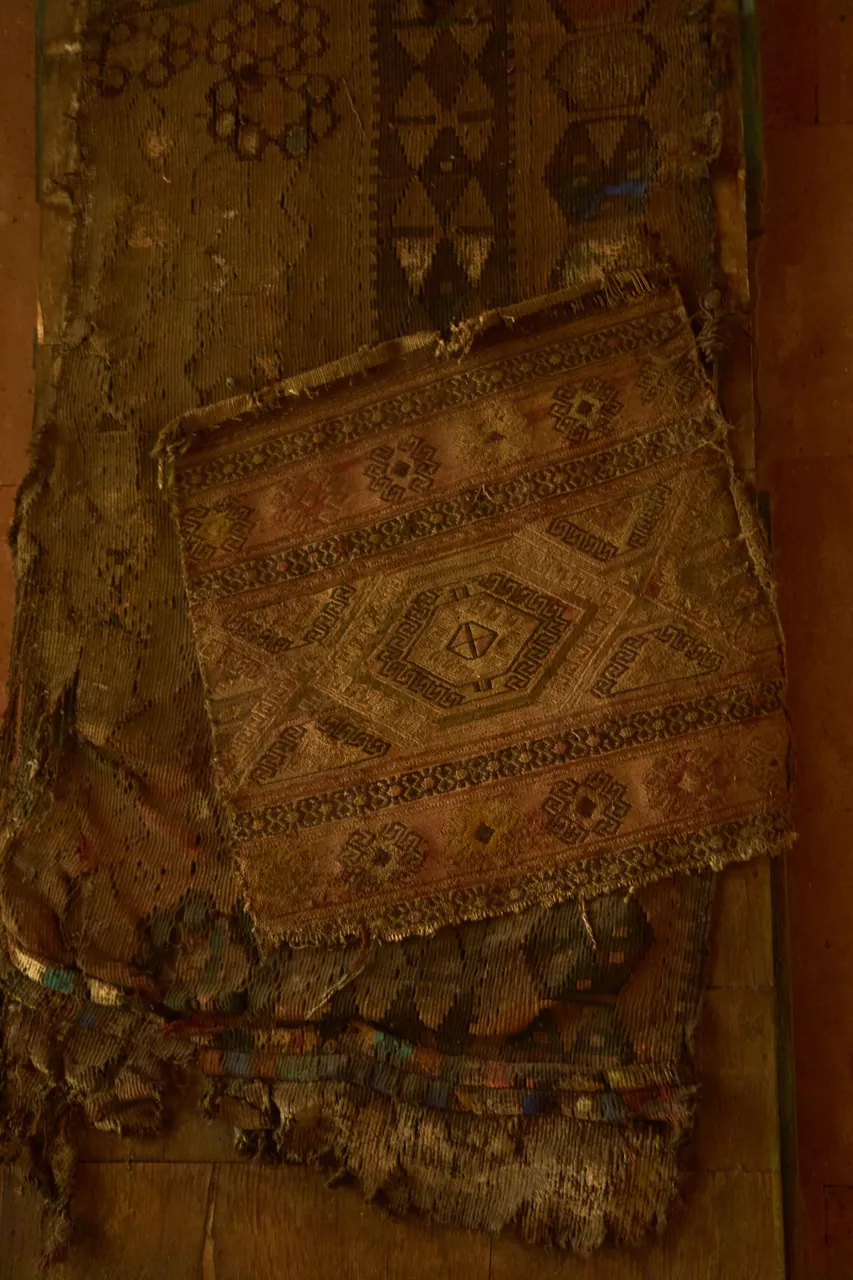
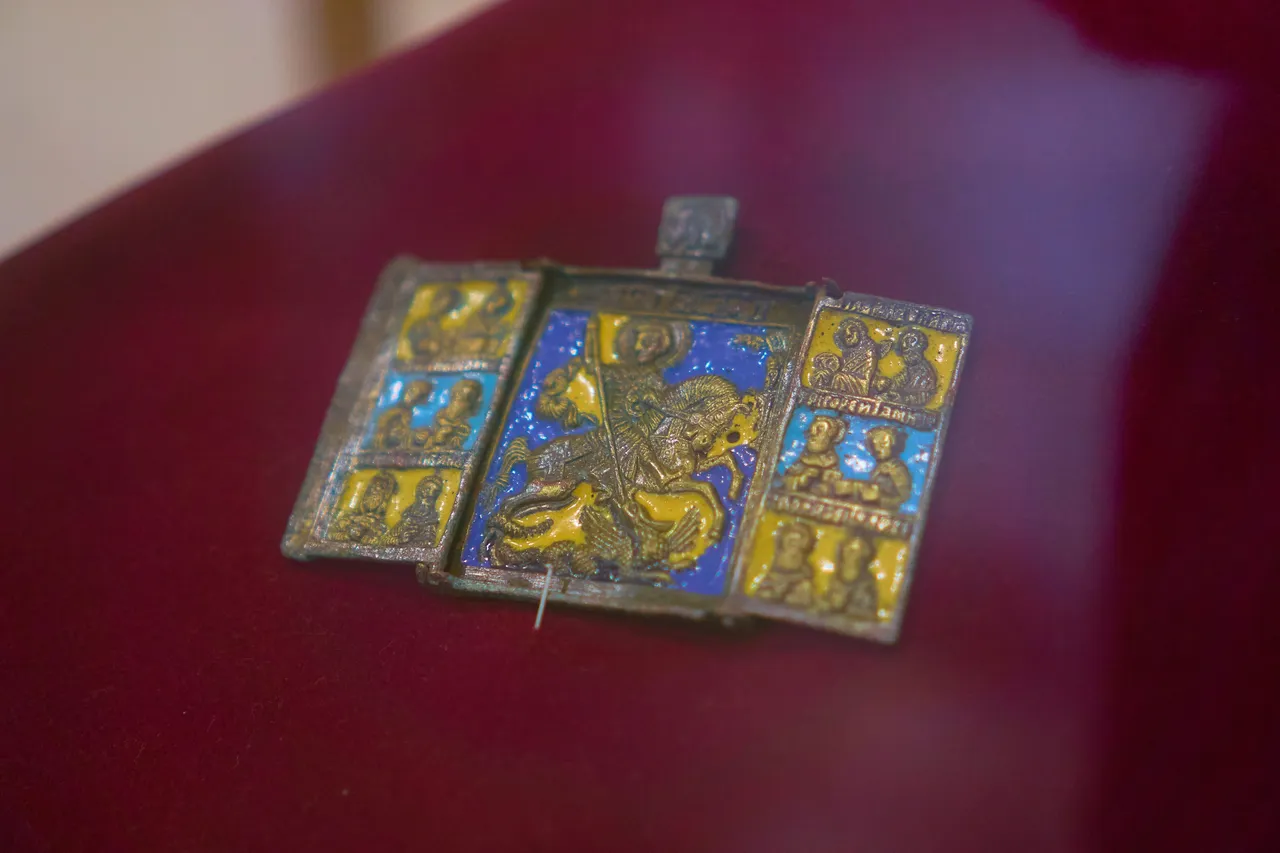
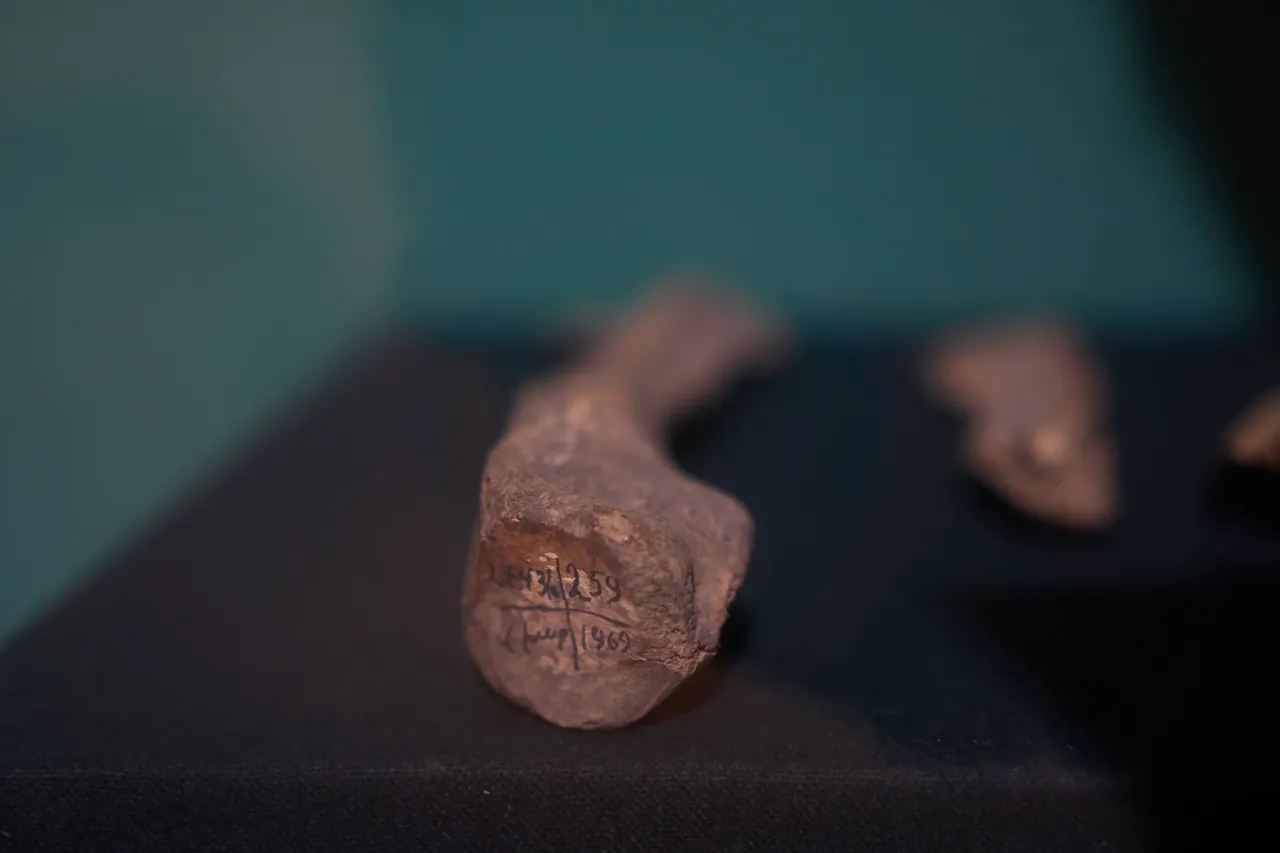
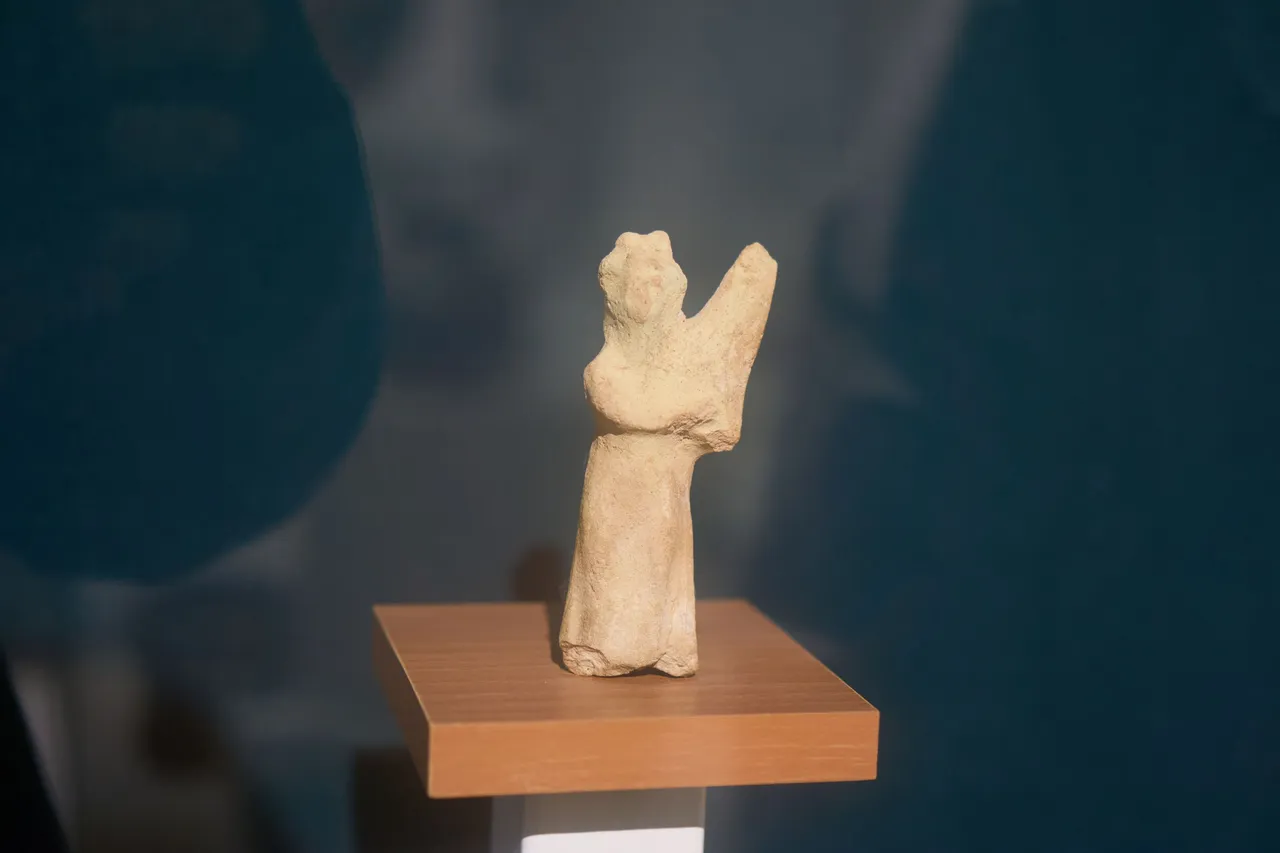
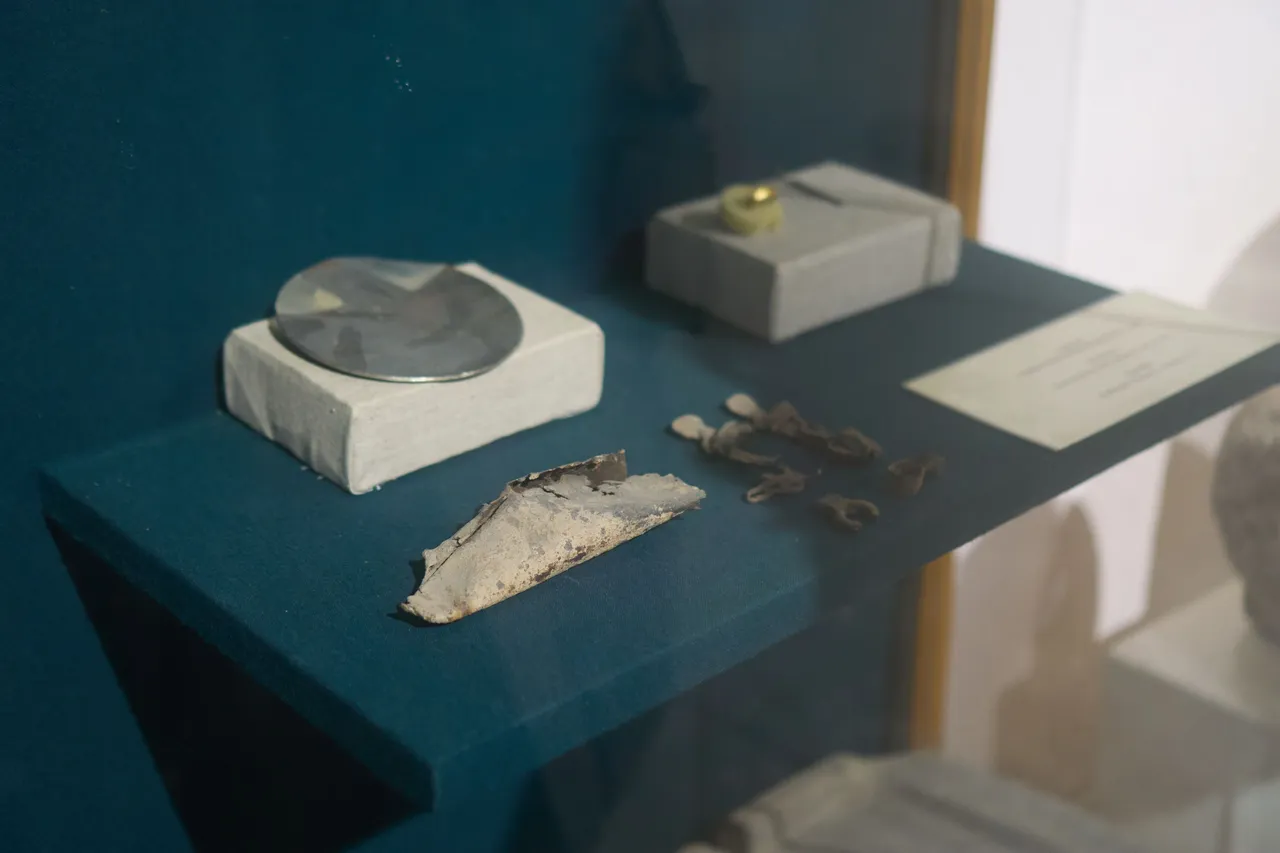
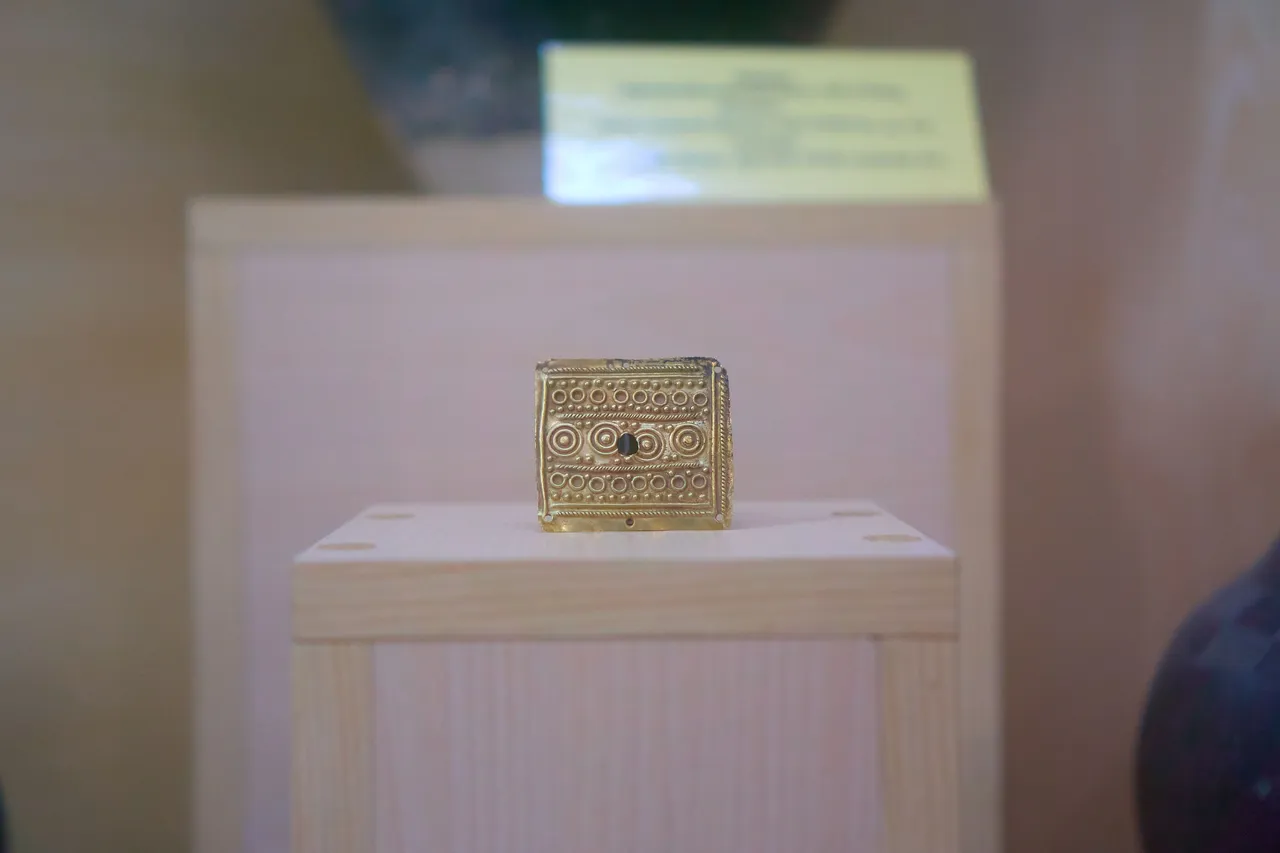
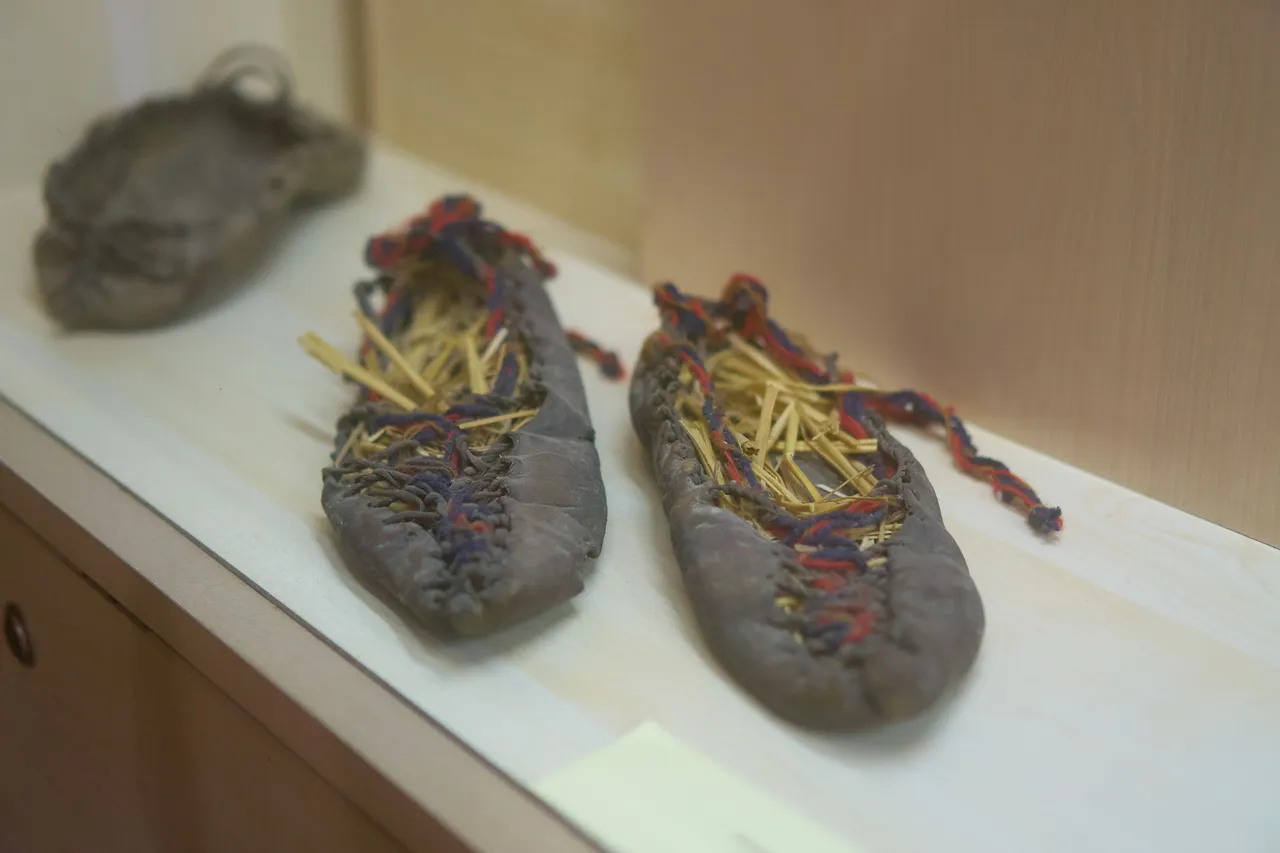
I really recommend coming here, it's worth it. Located in the religious and old city of Echmiadzin, just about an hour outside of Armenia's capital, Yerevan. Worth a visit if you ever find yourself in Armenia, though be aware that there isn't a whole lot else to do unless you want to go hunting for churches in the area by car after.